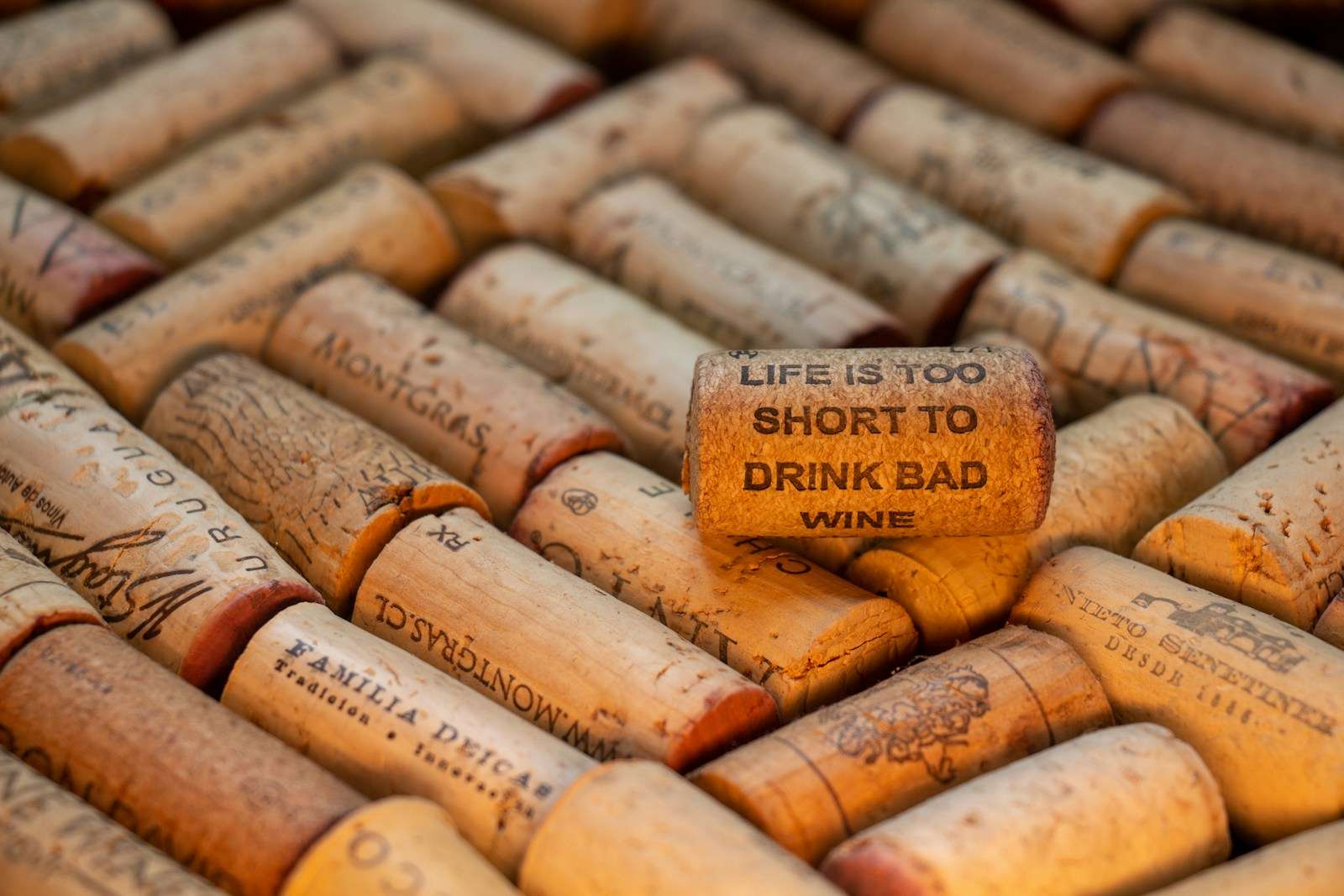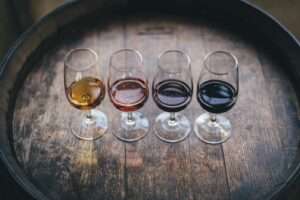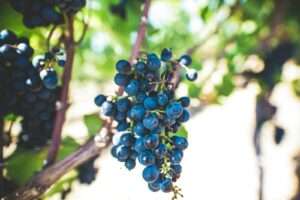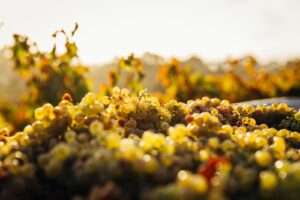Table of Contents
How to Identify Corked Wine
Identifying Cork Taint: A Somber Reality for Wine Enthusiasts
Explore the nuances of corked wine, a phenomenon affecting approximately five percent of cork-sealed bottles. Uncover the signs of cork taint and gain insights into the intricate world of wine flaws.
What Isn’t Corked Wine?
- Exclusions from the Definition:
Understanding the Origins of Cork Taint
- Cork’s Natural Pores and Bacteria:
- Cork, a natural product derived from trees, inherently carries bacteria in its pores.
- Cork taint occurs through an enzymatic reaction between chlorophenol, a natural flaw in cork, and fungus, resulting in the creation of the compound TCA (2,4,6-trichloroanisole).
Detecting Corked Wine
- Aromatics Disrupted by TCA:
Dealing with Corked Wine
- Return Policy and Consumer Rights:
Preventing Corked Wine Experience
- Opting for Screw Caps:
- The introduction of screw caps aimed to address cork taint issues associated with natural corks.
- Over 30 percent of global wines now utilize screw caps, offering a reliable alternative to traditional cork closures.
Embracing Learning Opportunities
- Transforming Setbacks into Learning:
Unraveling the Complexities of Corked Wine: A Journey into the Unexpected
Links to other interesting articles:
73-powerful-team-building-activities
unlock-the-fun-with-18-virtual-team-building-activities
powerful-tips-for-crafting-a-company-culture
Links to other interesting articles:
19-amazing-virtual-team-building-activities
35-powerful-team-building-activities
5-minute-team-building-activities
more-than-50-powerful-team-building-activities
Find out more about our experiences.
You may also want to check out our gallery for past events.




















